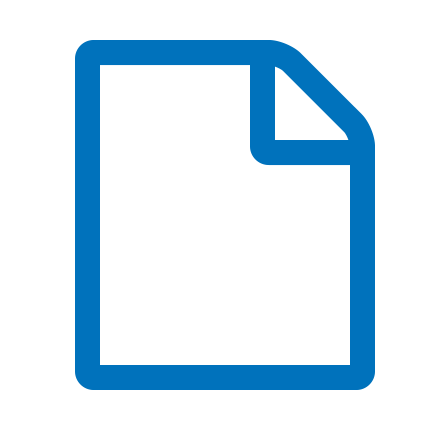Work Description
Title: Segmentation masks and surface meshes for NMMNH P-77557 Daemodontiscus harrisae, cranium (holotype) Open Access Deposited
| Attribute | Value |
|---|---|
| Methodology |
|
| Description |
|
| Creator | |
| Depositor |
|
| Contact information | |
| Discipline | |
| Funding agency |
|
| ORSP grant number |
|
| Keyword | |
| Related items in Deep Blue Documents | |
| Resource type | |
| Last modified |
|
| Published |
|
| DOI |
|
| License |
(2024). Segmentation masks and surface meshes for NMMNH P-77557 Daemodontiscus harrisae, cranium (holotype) [Data set], University of Michigan - Deep Blue Data. https://doi.org/10.7302/thgx-0p25
Relationships
Files (Count: 3; Size: 5.09 GB)
| Thumbnailthumbnail-column | Title | Original Upload | Last Modified | File Size | Access | Actions |
|---|---|---|---|---|---|---|

|
NMMNH_P-77557_cranium_meshes.zip | 2024-08-06 | 2024-09-10 | 105 MB | Open Access |
|

|
READ_ME.txt | 2024-08-06 | 2024-12-01 | 2.01 KB | Open Access |
|

|
NMMNH_P-77557_cranium.mcs | 2024-08-06 | 2024-09-10 | 4.98 GB | Open Access |
|
Date: 16 July, 2024
Dataset Title: Segmentation masks and surface meshes for NMMNH P-77557 Daemodontiscus harrisae, jaw fragment (holotype)
Dataset Creators:
Matt Friedman (scanning), Sam Giles (segmentation)
Dataset Contact:
Matt Friedman (mfriedm@umich.edu)
Funding:
This work was supported by a grant from the National Science Foundation (EAR 2219007). This work utilized data produced in the CTEES facility at the University of Michigan, supported by the Department of Earth and Environmental Sciences and the College of Literature, Science, and the Arts. These data are provided courtesy of the University of Michigan Museum of Paleontology.
Research Overview:
These files contain tomographic data, segmentation masks (both contained in .mcs file), and surface meshes (in .ply format) of the Carboniferous fish Daemondontiscus harrisae. They were used as part for the formal description of this taxon. The .mcs file can only be opened in the proprietary software Materialise Mimics; meshes can be opened in several programs (e.g., MeshLab; https://www.meshlab.net/).
Methodology:
The micro-computed tomography dataset for a portion of the specimen New Mexico Museum of Natural History and Science NMMNH P-77557 comprising parts of the left jaws was acquired at the CTEES facility, Department of Earth and Environmental Sciences, University of Michigan. The tomograms were loaded into Materialise Mimics v. 25, and the dentary, maxilla, and associated teeth segmented. The resulting segmentation masks were used to generate volumes, from which surface meshes (in .ply format) were exported.
Files contained here:
1. NMMNH_P-77557_jaw_high_res.mcs. Materialise Mimics file containing tomographic dataset for a portion of the jaws of NMMNH P-77557 Daemodontiscus harrisae (holotype). This includes segmentation masks used to generate surface meshes.
2. NMMNH_P-77557_jaw_high_res meshes.zip: Zipped folder containing surface meshes (in .ply format) of a portion of the jaws of NMMNH P-77557 Daemodontiscus harrisae (holotype).
Use and Access:
This data set is made available under an Attribution-NonCommercial 4.0 International license (CC BY-NC 4.0).